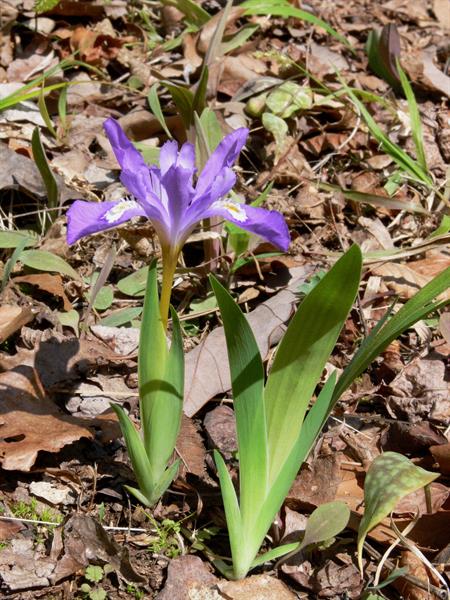https://fsus.ncbg.unc.edu/main.php?pg=show-taxon-detail.php&lsid=urn:lsid:ncbg.unc.edu:taxon:{6B08C3AE-7730-4F7A-962D-97374215893C}

Origin/Endemic status: Native
Synonymy: = C, F, FNA26, G, Il, K1, K3, K4, Mo1, NE, NY, Pa, RAB, S13, Tn, Va, W, WV; = Lophiris cristata (Aiton) M.B.Crespo, Mart.-Azorín, & Mavrodiev – Crespo, Martínez-Azorín, & Mavrodiev (2015); = Neubeckia cristata (Aiton) Alef. – S
Heliophily: 3
Hover over a shape, letter, icon, or arrow on the map for definition or see the legend.
 © Bruce A. Sorrie | Original Image ⭷
© Bruce A. Sorrie | Original Image ⭷ © Richard & Teresa Ware CC-BY-NC, permission granted to NCBG | Original Image ⭷
© Richard & Teresa Ware CC-BY-NC, permission granted to NCBG | Original Image ⭷ © Bruce A. Sorrie | Original Image ⭷
© Bruce A. Sorrie | Original Image ⭷ © Richard & Teresa Ware CC-BY-NC, permission granted to NCBG | Original Image ⭷
© Richard & Teresa Ware CC-BY-NC, permission granted to NCBG | Original Image ⭷Feedback
See something wrong or missing on about Iris cristata? Let us know here: (Please include your name and email if at all complicated so we can clarify if needed.)
Cite as...